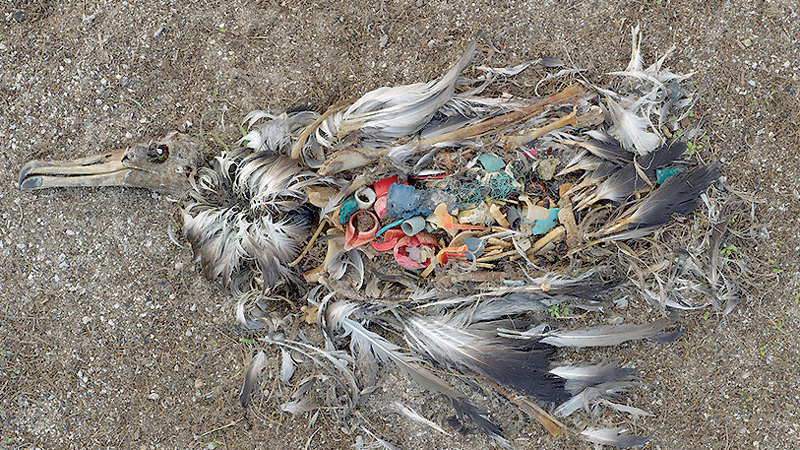

SARNGA DHARAN NAMBIAR -
It was shocking to know the quantity of the waste recently removed from the beautiful Masirah Island, located in the southeast of the Sultanate: 190 tonnes! The humongous waste was mainly a mix of worn-out fishing gear, nets, ropes and fishing lines.
The usual discourse has always been around the environmental impacts of tourism; but it seems it’s high time we pondered over the environmental impacts on tourism.
Masirah has been logging an increase in the number of visitors from across the world, and brisk development projects are under way to cater to the needs of these visitors. All praise to the Environment Society of Oman, the Ministry of Environment & Climate Affairs and Ministry of Agriculture & Fisheries, Masirah Municipality and other agencies that collaborated in the clean-up drive that restored the pristine beauty of Oman’s largest island.
It’s not just Masirah; every year significant quantities of rubbish are dug out of the Sultanate’s beaches in cleaning campaigns organised by voluntary and governmental agencies.
No doubt, creating greater awareness about how callously we throw or leave behind rubbish wherever possible and the alarming harm such trash can cause to our environment and life is the first step in solving the grave problem of mounting waste. Governments can bring in laws and law-enforcement agencies can deal with violators harshly: but a public culture of ‘No to waste’ offers the best and enduring solution to the threat posed by waste to our fragile environment.
And when it comes to raising awareness and building an eco-friendly lifestyle, what better means than using the power and influence of art? Art to Waste is the buzzword across the world, and this innovative project of transforming trash into magnificent art works and installations has been quite successful in alerting us to the extent of damage that waste can cause not just to the environment but to our own minds. Looking at a heap of ugly waste can cause irreparable damage to our sense of aesthetics and can even make us inhumane. It can demoralise and degrade us as a human species.
That art can help reduce waste and address environmental issues only enhances the value of art as a cultural element that adds meaning to our existence. Some of the major Waste Art or Junk Art projects include an installation made from 120 kg of ocean debris collected from the Great Barrier Reef, hung from the ceiling of Sydney’s Customs House, and produced by Sydney-based sustainable design studio Mundane Matters; the Wasteland by Vik Muniz created using waste from the world’s largest landfill in Rio; and the Cathedral of Junk installation in Austin by Vince Hannemann, to name just a few.
Waste makes business sense as well: The Adidas Ultraboost X Parley shoes made of recycled ocean plastic exemplify the commercial and aesthetic aspects of waste.
The Waste Art project holds great potential and the younger generation needs to be part of it. The New South Wales’ Environmental Trust-funded Sculpture Prize project delivered by Woollahra Municipal Council can be a model for others to follow, which encourages students and teachers to approach waste as a social and environmental problem. It is hailed as a project that aimed at achieving educational outcomes around environmental issues.
Waste as art projects at the school level are a great means to ignite creativity and empower children to better bond with nature, make them aware of environmental and sustainability issues and help them freely express their feelings about threats to their environment posed by the mounting problem of waste. More than anything else, such projects help cultivate environmental ethics among children.
Waste Art can really thrive in Oman, which produces over 1.9 million tonnes of solid waste a year, with a per capita waste generation of over 1.5 kg per day that ranks among the highest worldwide.
The Sultanate’s solid waste is characterised by very high percentage of recyclables, mainly paper (26%), plastics (12%), metals (11%) and glass (5%). While the high potential for recycling its municipal waste is undeniable, the government is actively working on large-scale waste to energy projects as well.
Oman’s art sector can well be a game changer in the country’s approach to waste.
Highly acclaimed and talented Omani artists have a major role to play as change agents who can turn the spotlight on the issue of waste, by spearheading a nationwide Waste Art movement here.
Oman Observer is now on the WhatsApp channel. Click here



